The Discovery of Pluto
Pictures of Pluto
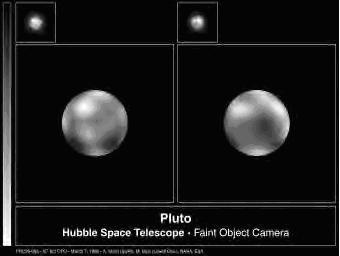
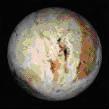
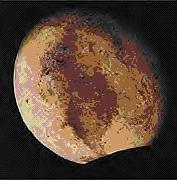
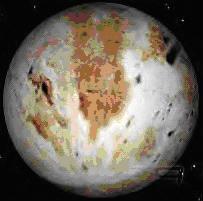
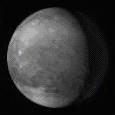


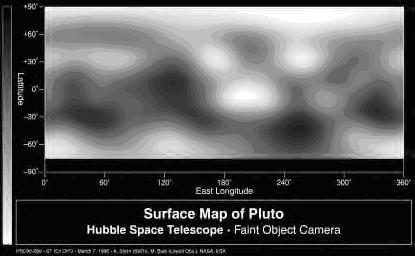
Discovery of Pluto Essay
American astronomer Percival Lowell made rough calculations of the likely locations of Planet X. He also set up the Lowell observatory in Flagstaff, Arizona to aid in his search for Planet X. By the time pf Lowell’s death he had not succeeded in finding Planet X.
In the year 1929, astronomers at the Lowell Observatory in Flagstaff, Arizona decided to initiate the search for Planet X again, which the founder of the observatory, Percival Lowell, had started. Using an involved approach which included the use of star-field, an amateur astronomer, Clyde Tombaugh, used the new telescopes at the Lowell Observatory photographed the mysterious Planet X on February 18, 1930. When Lombaugh went back and compared his picture to others taken on January 23 and 29 he discovered that the newly discovered planet was also featured in them as well, Tombaugh even discovered that a picture taken on March 19, 1915 included a picture of his Planet X.
The newly discovered planet is named for the Roman god of the underworld, Hades. The name Pluto also has another significance; the name is also intended to represent the initials of the man who first proposed its existence, Percival Lowell. An eleven-year-old girl from Oxford, England, Venetia Burney, first suggested the name for Planet X.
Pluto is smaller and less massive than every other planet in the solar system; it is even smaller than the moons of some of the larger planets. Pluto’s mass and diameter remained unknown for many decades after its discovery and was only found out after using a telescope with adaptive optics, which resolved its disk. The diameter of the planet Pluto is 2,170 miles and Pluto’s surface gravity is .05 of Earth’s gravity. The surface temperature of Pluto is –369 degrees Fahrenheit. It has also been discovered that Pluto has a moon, which has been named Charon.
The planet Pluto has a highly eccentric orbit and is sometimes the eighth-most distant planet in the solar system because it goes inside Neptune’s orbit for some of its orbit. It takes the planet Pluto 248 years to make a complete orbit around the sun. One day on the planet Pluto takes 6 Earth days, 9 hours, and 18 minutes. It has also been observed that Pluto has a tilt to its plane of orbit, this tilt is about 17 degrees from the plane of orbit for the other planets.
Pluto Information Links
Astronomy (Pluto)Temple of the Screaming Electron